Pakistan presently faces some critical challenges but also has few opportunities they can build on. The challenges include Pakistan’s severe economic crisis, Imran’s proclaimed fight against corruption and corrupt politicians, water crisis, extremism in the society, tough stance of the Trump administration and mounting pressure from the Financial Action Task Force (FATF). However, the opportunities offered by the China-Pakistan Economic Corridor (CPEC), a newly elected “clean” Prime Minister who promised “Naya Pakistan” and consistent support from China, Saudi Arabia and the UAE are considerable. 2018 witnessed many predictable and at the same time unconventional developments for Pakistan. It would be useful to analyse these developments to be able to have some insight into where Pakistan is heading in 2019.
Civil-Military Relations have perpetually been a matter of great debate in Pakistan with military dominating the core strategic decision-making. During the 2018 elections, the military and Imran Khan complemented each other’s ‘vital requirements’. The cricketer wanted to be in power and military found a seemly candidate in Imran who was fully in sync with their objectives and actions and willing to operate within the ‘defined boundaries’ of the civilian leadership. The elections witnessed every possible military and ISI sponsored dirty tactic to support PTI’s mammoth victory. The judiciary, the National Accountability Bureau and the military collaborated ‘rather well’ for the selection of the desired Prime Minister. Nawaz Sharif, his family and most of the loyal PML-N aides have been snared in legal battles on corruption charges. Although the legitimacy of the PTI led coalition remains questionable, Imran will stay in power till he oversteps the red lines and doesn’t provoke the deep state. It looks unlikely that he will go against the military anytime soon.
The top priority for Imran, undeniably, is managing the looming economic crisis. The current account deficit increased from $2.7 billion in 2015 to $18.2 billion in 2018 (The Dawn, 2018). Reports suggest, there has been some improvement due to increase in remittances and deceleration in imports. Pakistan’s external debts and liabilities stand at $96.7 billion. Reportedly, debt servicing and defence consume more than 50 per cent of the total budget. Pakistan needs a substantial infusion of economic assistance to avoid a financial breakdown and is looking at various options to relieve its economic woes. The most desirable option is the International Monetary Fund (IMF) bailout.
The IMF has, in the past, given 12 bailouts to Pakistan. The economy requires an IMF urgent bailout of at least $6 billion to stabilize. IMF has been tough and has been insistent on greater transparency on the CPEC financial transactions. US Secretary of State, Mike Pompeo made a strong statement that the IMF bailout cannot be used by Pakistan to repay ‘Chinese debt’. CPEC, which is seen by most of the Pakistanis as a game changer, has apparently added to the debt burden of Pakistan. Chinese debt amounts to approximately 10 percent of the total debt of Pakistan. The IMF bailout, is expected to come with strict conditions and austerity measures such as a tax hike, spending cuts, requirement of greater transparency in financial dealings (including CPEC), demand of structural reforms etc. CPEC will bring enhanced economic activities but the economic crisis would impact the repayment capability of Pakistan which can adversely affect the Chinese investments.
Pakistan is currently on the grey list of the FATF. Insufficient efforts to curb terror financing and money laundering could lead Pakistan to FATF ‘black list’ adding to Pakistan’s economic woes. Currently, two countries which are on the FATF black list are Iran and North Korea. The FATF black list would have severe financial implications for Pakistan including increased scrutiny, increased transaction cost, longer transaction time and costly loans. The Asia Pacific Group of FATF visited Pakistan in the second half of 2018 and raised serious concerns including the funding of UN designated organisations and terrorists. Pakistan is under immense pressure to take convincing steps to evade the FATF black list.
Religious and extremist factions have gained a strong footing in the country. General elections in July 2018 witnessed an alarming development of Hafiz Saeed’s party Allah-o-Akbar Tehreek (AAT) contesting the elections with over 200 candidates. Tehreek-e-Labbaik Pakistan (TLP), which basically caught attention after the execution of Mumtaz Qadri, the convicted killer of Punjab Governor Salman Taseer, managed to swing a large number of votes in Karachi. Imran’s Government encountered a challenge and setback when TLP threatened protests against the appointment of the Princeton economist, Atif Mian, in the Economic Advisory Council, formed to deal with the looming economic crisis. Imran surrendered to the TLP demands and excluded Atif Mian from the council on account of the fact that he belongs to the Ahmadiyya sect. The incident does project Imran’s vulnerability in dealing with extremist and religious factions in future.
The military has gained much more power and has restated its political, strategic and military valour. Core strategic decision-making including the nuclear programme and doctrine, defence budget and procurement, foreign policy vis-à-vis India and Afghanistan remain strictly with the military. Conventional military build-up has been maintained, with focused acquisitions of the Pakistan Air Force and maritime strike capabilities of the navy. On the nuclear front, the military seems to be extremely confident of pronounced “full spectrum deterrence”. Pakistan’s reliance on nuclear weapons and assertion of ‘first use’ is likely to increase due to mounting insecurities within.
On the external front, Pakistan’s relationship with the US has been under stress and the Trump administration has adopted a strict posturing towards Pakistan, drastically reducing the financial and security assistance. Pakistan, in its efforts to appease the US, did manage to facilitate the Afghan Taliban meeting with the US. Islamabad realizes the criticality of its relationship with the US given Washington’s decisive role in the leading international financial institutions.
China-Pakistan relationship remains an all-weather friendship and Pakistanis are extremely confident of the support they will continue to receive from Beijing. Despite some apprehensions which arose, after the attack on the Chinese consulate by a Baluch separatist, the China-Pakistan relationship is expected to sustain and maintain the momentum.
India-Pakistan relationship has hit an extremely low point over the last couple of years and New Delhi has maintained its position on ‘conditional dialogue’ with Pakistan. Opening of the Kartarpur Corridor might have raised hopes for some sections, but the fact remains that Pakistan needs to demonstrate a serious resolve to alter its policy of supporting terrorism against India. With the civilian leadership in Pakistan being completely under the shadow of the military, the resolve is unlikely to happen anytime soon.
Some trends that can be forecasted for 2019 are as follows:
- Imran Khan will not rock the boat at the domestic level. He will try to remain within the boundaries defined by the military on critical strategic issues.
- Civil-Military relations will remain cautiously comfortable in 2019.
- Imran’s Government is likely to continue placating the religious and extremist parties.
- The IMF bailout is expected to come for Pakistan as a reliever but the country will have to deal with the conditions.
- Looking into the history of Pakistan’s crisis management it looks like it will manage to stay away from the FATF black list. Also, China, Vice President of FATF, is expected to play a favourable role for Pakistan in the FATF decision-making this year.
- Military build-up will continue primarily with the Chinese assistance. Expansion of the nuclear arsenal will continue and Islamabad’s reliance on nuclear weapons is likely to increase.
- Pakistan’s relationship with China will continue to grow and maintain the momentum of cooperation.
- Relationship with the US will continue to be difficult. Pakistan is expected to continue efforts to pacify the Trump administration.
- Pakistan has a military dominated civilian authority and given that India is getting ready for elections in 2019, its relationship with India will continue to face its challenges and there appears no possibility of any breakthrough in the near future.
(The paper is the author’s individual scholastic articulation. The author certifies that the article/paper is original in content, unpublished and it has not been submitted for publication/web upload elsewhere, and that the facts and figures quoted are duly referenced, as needed, and are believed to be correct). (The paper does not necessarily represent the organisational stance... More >>
Image Source: https://i3.wp.com/www.globalvillagespace.com/my_uploads/2017/06/Foreign-policy-min-640x368.jpg

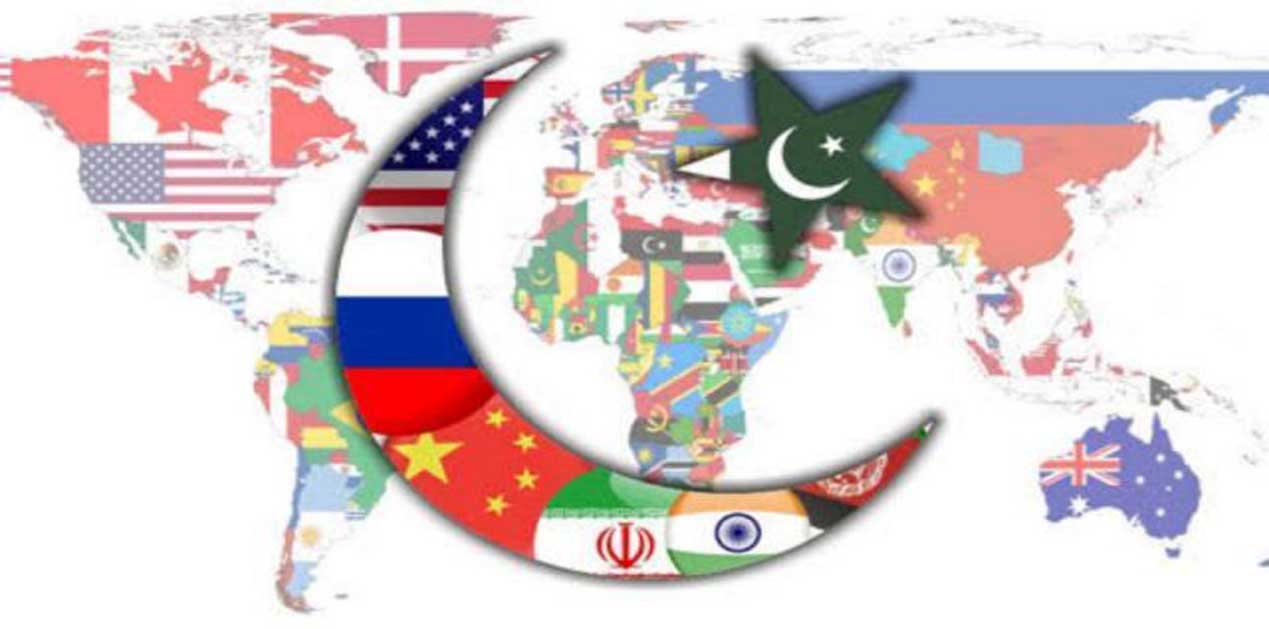


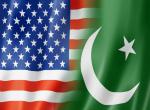
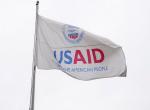


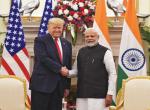

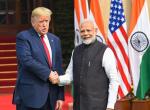
Post new comment